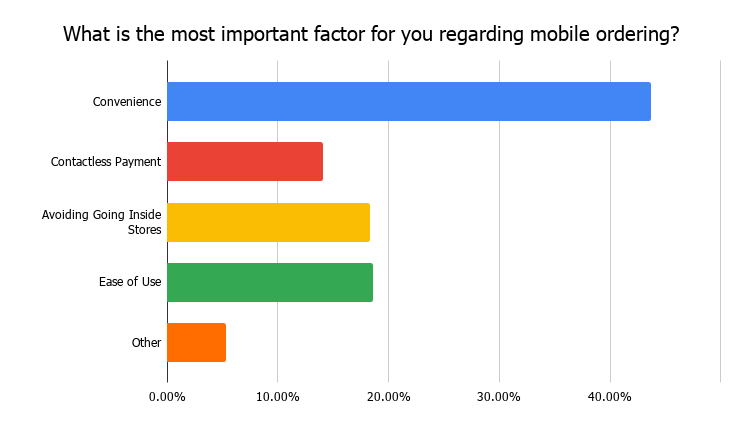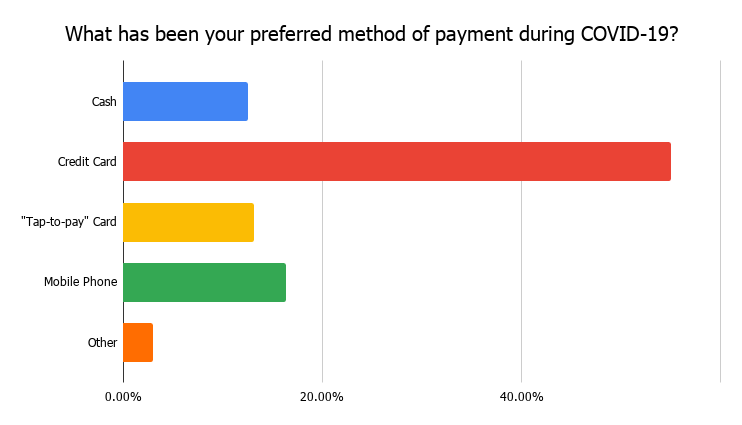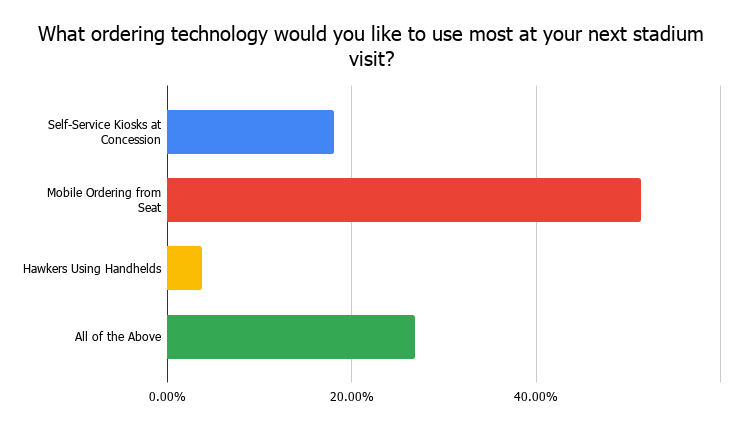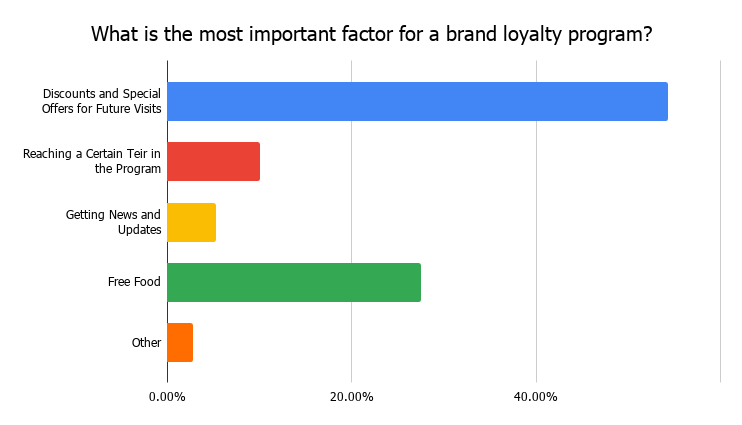It’s official: QR codes are here to stay.
Q2 2021 hedge fund letters, conferences and more
QR codes have emerged as a permanent tech fixture post Covid-19, and industry experts agree QR codes will replace physical menus. Furthermore, according to a recent customer survey Appetize ran that polled 2,081 customers, more than 74% Americans use their phone to order and pay for food and merchandise once a week.
Renowned brands like Starbucks and Disney have adopted QR code mobile ordering because they increase safety and convenience, and they also make a great tool for tracking and targeting customers, as well as providing robust analytics. It’s why brands across major industries, including restaurants, stadiums, entertainment venues, theme parks and attractions and education campuses, have adopted QR codes.
The Benefits Of QR Codes
Here are three benefits you didn’t know about QR codes:
-
Businesses Can Locate A Specific Customer Order Through "Location Aware" QR Codes - Even At A 50,000 Seat Stadium
A location aware QR code provides the unique location information with each scan. This innovative technology lets both waitstaff and the kitchen know the specific location linked to a customer’s order, conveniently tracking where orders are placed to analyze traffic flow, whether it’s a specific table, parking space or seat at any business.
For instance, last summer, Live Nation offered “Live At The Drive In,” an outdoor, socially distanced concert series where guests could watch live entertainment from a designated tailgate space. For the concert series, Appetize integrated location aware QR code signs spaced throughout the venue, and guests could scan the code with their phone to order food and beverage. Each scan signaled to the Live Nation staff the exact location/tailgate space the guest ordered from, allowing staff to deliver orders directly to them.
-
QR Codes Work Beyond A Storefront Or Dining Room Table
Through virtual kiosks, operators can enable scan-to-order QR code wherever they like. The kiosk can be placed at the entrance of a business, on the wall in ordering areas, a food court at an amusement park or concessions at a stadium.
Virtual drive-thru allows restaurant to use QR codes placed at each spot in a parking lot for customers to order food. That’s right. Customers can scan the code with their phone from their car to order instantly. Virtual drive-thru isn’t limited to quick-service restaurants. Any operator can easily integrate the technology, whether a quick-service chain or fine-dining establishment. Lastly, Virtual hawker allows in-seat ordering at large venues, such as stadiums and arenas. With a QR code placed at every seat, guests can scan the code, order directly from their phone. This way, they won’t miss any of the action at a live game, concert or event, and they can avoid crowded concession stands.
-
QR Codes Address The Critical Labor Shortage
Not only do QR codes via mobile ordering increase average order size up to 22 percent, they also help a business address the current labor shortage. When businesses integrate ordering via QR codes, they require less labor and less waitstaff. The added benefit is that these modern technologies give customers more control of their order, and helps them feel part of the transaction, raising their satisfaction levels.
In a recent webinar, Appetize’s VP of Hospitality Brian Whitney said people are leaving restaurants because their technology wasn’t good enough. Ultimately, QR codes improve the experience for both staff and guests.

















